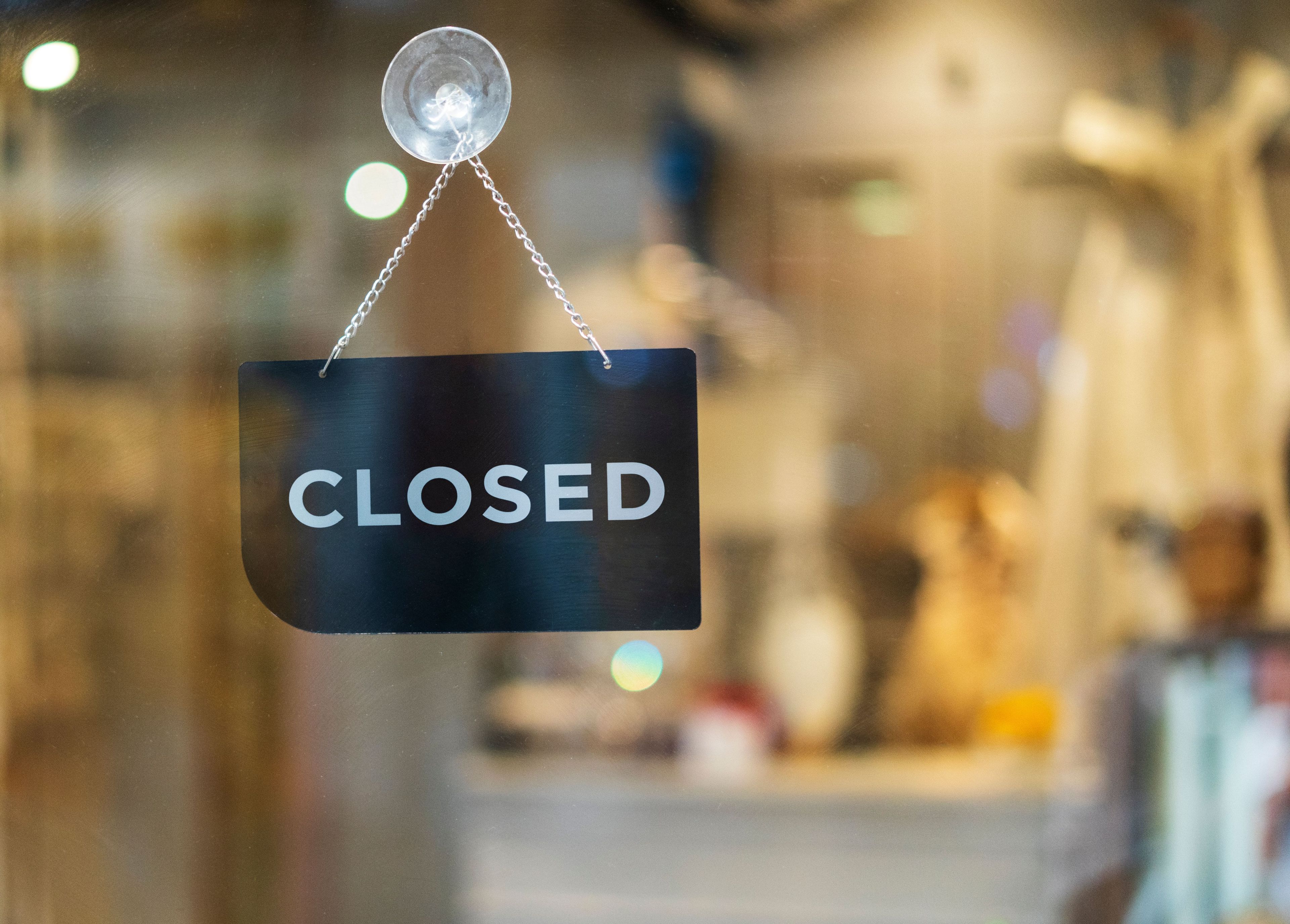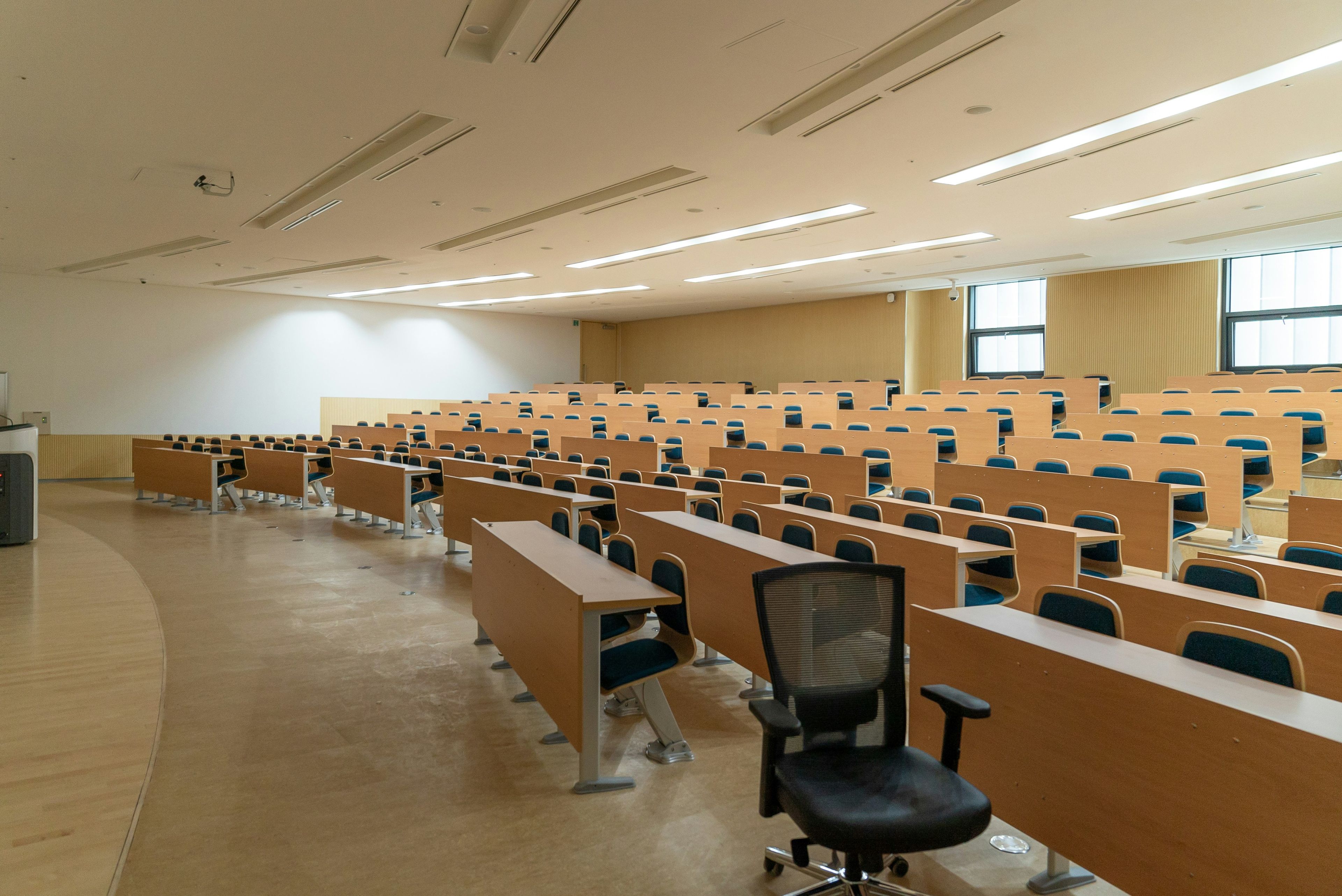Seb Murray

In June, the University of the Arts issued a startling announcement: the US college would be closing permanently, ending 150-odd years of tuition for musicians and artists, dancers and designers. The decision by Philadelphia-based UArt, as it is known, was driven by a steep drop in enrolment – student numbers have plunged by nearly half since 2009 – and “significant, unanticipated expenses”.
“Despite our best efforts, we could not ultimately identify a viable path for the institution to remain open and in the service of its mission,” the college’s trustees said in a statement. The university is now being investigated, to figure out how its coffers suddenly ran so dry, leaving around 1,300 students in the lurch. Some have even sued the school.
UArt is part of a disturbing trend: the US has seen an alarming rate of private colleges shutting down, with approximately two institutions closing their doors every month, estimates the State Higher Education Executive Officers Association. This unsettling occurrence is not isolated to America alone. Across the Atlantic, universities in the UK are also grappling with severe financial challenges and face an elevated risk of closure. In June, British schools urged the new Labour government to raise tuition fees to address the “crisis” in higher education.
The great shuttering of universities can be attributed to a confluence of factors that have exerted pressure on the financial and operational viability of these institutions.
One of the primary reasons is demographic change. In the US, for instance, the number of college-age individuals has steadily declined. This trend, often referred to as the “enrolment cliff”, is attributed to reduced birth rates following the 2008 financial crisis, leading to fewer students reaching college age in subsequent years.
 For several decades, from the early 1970s to 2007, the US birth rate for women aged 15 to 44 remained relatively stable, fluctuating between 65 and 70 births per 1,000 women. However, starting in 2008, the birth rate dropped year after year. By 2020, it had reached 56 births per 1,000 women, the lowest in American history. This has created a demographic time-bomb for universities. Nathan Grawe, an economist at Carleton College in Minnesota, forecasts a 15 percent decline in the college-going population between 2025 and 2029 – a trend that’s likely to continue thereafter.
For several decades, from the early 1970s to 2007, the US birth rate for women aged 15 to 44 remained relatively stable, fluctuating between 65 and 70 births per 1,000 women. However, starting in 2008, the birth rate dropped year after year. By 2020, it had reached 56 births per 1,000 women, the lowest in American history. This has created a demographic time-bomb for universities. Nathan Grawe, an economist at Carleton College in Minnesota, forecasts a 15 percent decline in the college-going population between 2025 and 2029 – a trend that’s likely to continue thereafter.
“Students are going to be a hot commodity, a scarce resource,” says Grawe. “It’s going to be harder during this period for institutions to aggressively increase tuition. It may be a time period when it’s a little easier on parents and students who are negotiating over the financial aid package.”
This demographic shift has already led to a big reduction in college enrolments, directly impacting the revenue generated from tuition fees. According to the National Center for Education Statistics, from 2010 to 2021, the total number of undergraduates enrolled in US schools decreased by 15 percent, dropping from 18.1 million to 15.4 million students. Although there has been a recent rise in enrolment, with undergraduate numbers in spring 2024, this growth was mainly fuelled by community colleges. The overall trend over the past decade has been a decline in college enrolments.
Several factors contribute to this decline, including reduced immigration and fewer international students – especially because of changes in immigration policies under the Donald Trump presidency from 2017 to 2021.
Rising scepticism about the value of higher education due to increasing costs and student debt are also concerns. At the top end of the market, yearly tuition fees in the US can easily surpass $60,000. A Wall Street Journal survey found that 56 percent of Americans doubt that earning a four-year degree is worth the cost. “More and more young people are worried about going into debt and are worried about whether or not it’s worth the investment,” says Angel Perez, Chief Executive of the National Association for College Admission Counseling (NACAC).
For many private colleges, tuition fees are the lifeblood of their operations. With fewer students enrolling, these institutions find themselves in a precarious financial position, struggling to cover their operational costs. Many private colleges also operate on tight budgets and have limited endowments. As operational costs continue to rise, particularly in maintaining facilities and paying faculty salaries, these institutions struggle to balance their budgets. Without adequate financial reserves, they become increasingly vulnerable to economic downturns and unexpected expenses – like UArt did. This financial instability often leads to difficult decisions, including staff layoffs, programme cuts, and, in the worst cases, closure.
Making matters worse is that higher education is becoming increasingly competitive. Students have a broader array of educational options at their disposal, including online courses and vocational training programmes.
These alternatives often come at a lower cost and offer more flexibility compared to traditional four-year degrees. Consequently, traditional universities face the challenge of adapting to these changing preferences and proving the value of their programmes. The ability to demonstrate a clear return on investment has become crucial in attracting and retaining students.
Changes in government policies and funding cuts have also played a role in the financial struggles of universities. In the UK, schools face financial challenges due to a decline in international students – and their typically much-higher fees – plus a decade-long freeze on domestic tuition fees, causing schools to lose an average of £2,500 per domestic student.
Read the full article on QS Insights Magazine.